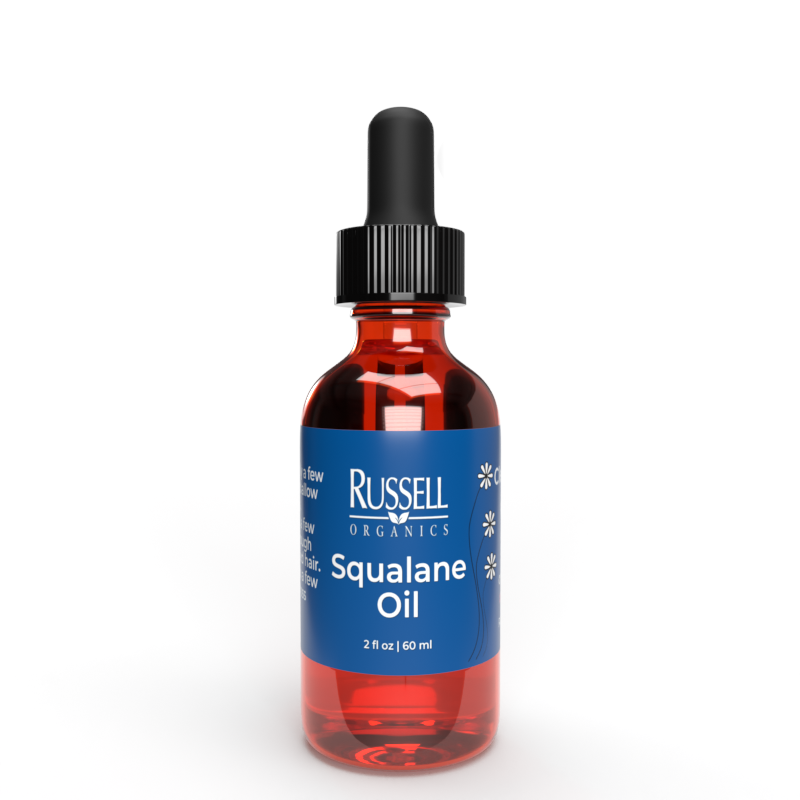
Squalane oil has secured a vital place in the skincare industry, celebrated for its capacity to nourish, shield, and rejuvenate the skin. Derived from squalene, a lipid naturally produced in human skin cells, squalane oil is a hydrogenated version of squalene, offering enhanced stability. That said, not all squalane oil is created equal. Its derivation plays a crucial role in determining its ethics and environmental impact.
Where Squalane Oil Comes From
Squalane oil can be obtained from two key categories: animal-derived and plant-derived materials. The decision between these options is essential to consider for ethics and sustainability.
Animal-Based Squalane Oil
In the past, squalane oil was frequently extracted from shark liver oil. Sharks are known to be provider of squalene, which is transformed into squalane oil. Sadly, this approach has major ethical problems. Millions of sharks are slaughtered on a massive scale for their livers, contributing to the depletion of shark populations and disrupting marine ecosystems. In addition, the practices used are inhumane and are environmentally destructive.
The Rise of Plant-Based Squalane Oil
In contrast, plant-derived squalane oil is a more responsible and planet-friendly option. It is extracted from plants, eliminating the need on animal slaughter. This approach addresses animal welfare concerns but also produces a high-quality product for skincare applications.
Two Key Sources of Botanical Squalane Oil
Among botanical-based squalane oils, a pair of sources stand out: olive-based squalane oil and sugarcane-based squalane oil. While each offer vegan options, their eco-friendliness varies greatly.
The Benefits of Olive-Derived Squalane Oil
Olive-derived squalane oil is considered the superior choice for environmental reasons. Olives are a renewable resource that are minimally wasteful. On top of that, olive squalane oil retains comparable hydrating and skin-rejuvenating qualities as its sugarcane-derived counterpart.
Why Sugarcane Squalane Oil Falls Short
By comparison, sugarcane-derived squalane oil is responsible for notable eco-concerns. Sugarcane production uses large quantities of water and often results in environmental degradation. Thus, it is environmentally taxing than squalane oil from olives.
Squalane Oil: A Skin Savior
Squalane oil offers a plethora of skin-enhancing qualities for all skin types. Here’s why it stands out in skincare:
Skin-Quenching Properties: Squalane oil penetrates thoroughly into the skin, providing long-lasting hydration without leaving a greasy residue.
Perfect for Combination Skin: Its lightweight texture ensures it’s suitable for those with combination skin.
Reduces Fine Lines: Rich in antioxidants, squalane oil reduces the appearance of wrinkles and fine lines while shielding against free radicals.
Gentle Yet Effective: Its pure formulation soothes sensitivity, rendering it perfect for delicate skin.
Why Squalane Oil Deserves a Spot in Your Routine
Whether you have dry, combination skin, squalane oil provides incredible results. By choosing botanical options, most notably olive-derived squalane oil, you embrace eco-consciousness but also give your complexion a superior solutions available.
Comments on “Exploring the Benefits of Squalane Oil for Every Skin Type”